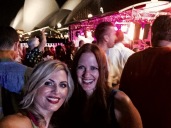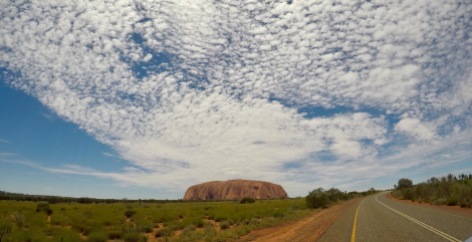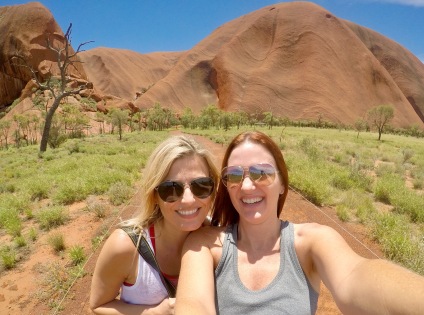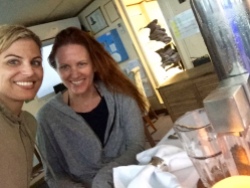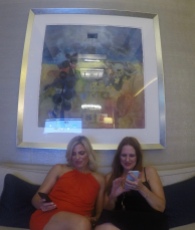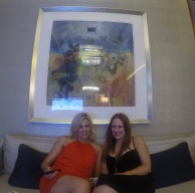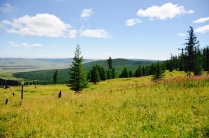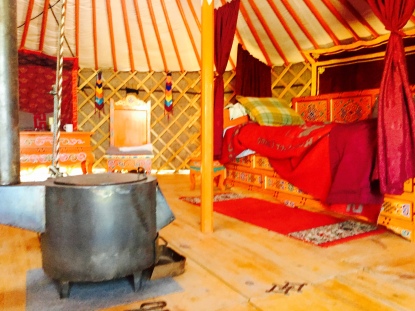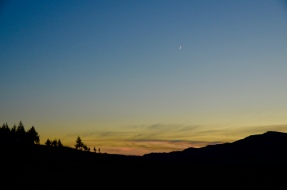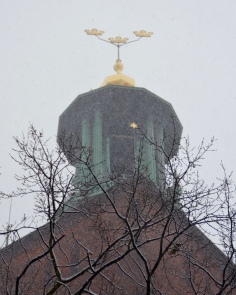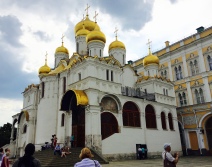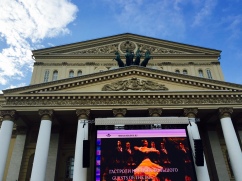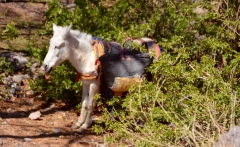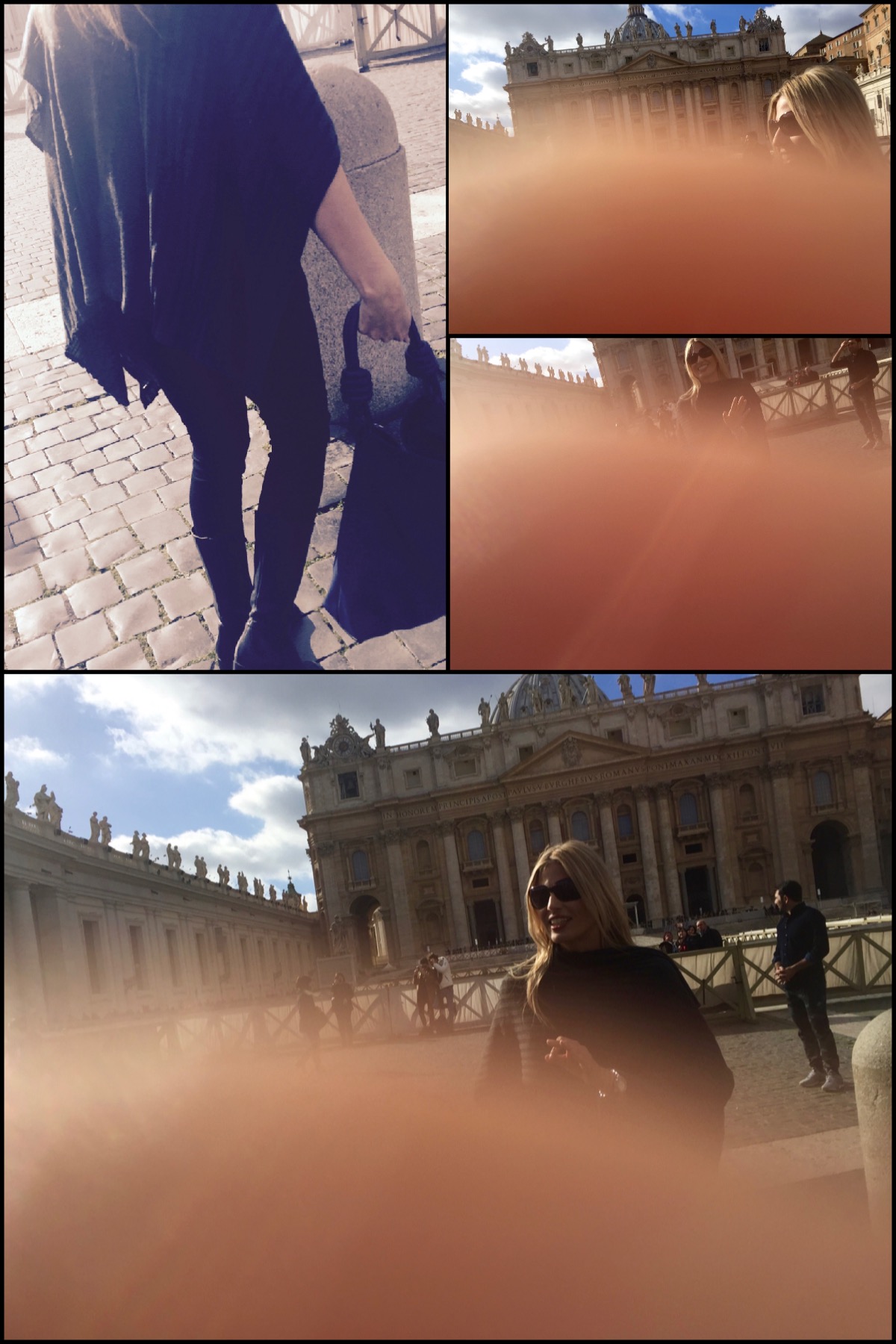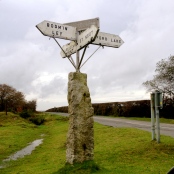How ya’ going? This lovely, informal, oft-heard greeting invokes a smile and warm memories of Australia. If you live in the West and meet an Aussie, give them a hug; they’ve travelled a long way and are far from home. From London, you can fly 9+ hours to LA or Singapore followed by another 10+ hours to Sydney. Good news, you get to time travel to new time zone.
Once upon a time, my best-mate and I ventured to iconic Sydney for NYE. Here are my Australian highlights (it’s an extremely large country and my 3-week adventure was a brief intro to the land down under):
1. Sydney Harbour Bridge, Sydney Opera House, & the Beaches
Images that define and identify Sydney, you must see the Bridge and Opera House from every angle at every variance of the sun.
Plenty of beaches around Sydney, I opted for infamous Bondi Beach, followed by Coogee Walk, a coastal walk along the sandstone cliffs through Tamarama, Bronte and Closely beaches and past many trendy cafés and restaurants. I also ventured to the golden sands of Manly Beach, a 30-minute ferry from Circular Quay; the day included The Corso, a pedestrianised shopping mall and lunch at the The Pantry, a near-perfect “beach-house” restaurant.
2. Uluru (Ayers Rock)
Uluru, a large sandstone rock formation, is (no kidding) on the cover of nearly every travel book, article, and website about Australia. Uluru-Kata Tjuta National Park also known for the 36 red-rock domes of the Kata Tjuta (The Olgas). One was easily lured-then-trapped by a minimum stay requirement at resorts that offer a variety of excursions, and light & sound shows around the rock.
Decided on a road-trip to Uluru because I wanted to see “a bit of the Outback” which apparently covers most of the country. It’s a three-hour flight from Sydney to Alice Springs and then 450km (280 miles) via Lasseter Highway from Alice Springs to Uluru.
Some sarcastic-skeptical Australians told us, “there’s lots of poo on top of that rock” and as tourism increased, it “suddenly got sacred.” I don’t know about that, but I do know, I stared at that rock all day long! Visit, but a day-trip direct to Cornellan Airport is fine. I’m told if you’ve been to Southern Utah, you’ve seen equally impressive red rock.
3. Great Barrier Reef
“I don’t scuba and don’t even like coral” said I, but turns out going to a wonder of the natural world is mandatory. I highly recommend an excursion on a dive boat. Assigned a personal dive-master as part of the Top Deck package, our awesome dive-guide Chris is professional driver whose full-time gig is deep-sea repairs— I didn’t know there were things to fix underwater! Life lessons acquired on the boat: no shoes allowed on the boat; flip-flops (thongs) are considered shoes in Oz, you never have too many bikinis (sadness is seven wet swim-suits when you need one warm-dry one), one black skirt is all you need in life, and always pack a sports bra. The Top Deck package included a private dinner in the bulk head — unexpected romance on our girls-trip! There were five possible dive-times on the overnight voyage; the night dive was extraordinary (don’t worry about what swims behind you, it will be too late anyway!). Next time I’d book at least two nights. Go with Reef Experience or Reef Encounter; this adventure on the Coral Sea was a BLAST!
Because of flying-after-diving rules, we stayed an extra night at the luxurious Shangri-La Hotel, The Marina in Cairns (pronounced “Cans”) and added a tour of Queensland’s natural wonders: the Daintree Rainforest, Mossman Gorge and Cape Tribulation. On the river cruise, we were reminded, Do NOT put a toe in the water, (hey I’ve already swum in the GBR after dark!) because the crocks here eat other crocks, even the kid-crocks. Okay, Australia has lots of animals that can kills you. Visit Cairns Visitor Centre for tour details and itineraries.
On the flight from Cairns to Sydney, we sat next to a guy named Lokie, a chatty, tall-tan-floppy-haired-blond young Aussie. We bantered about cultural and gender differences in Australia including the often palpable high-levels of testosterone. Lokie laughingly drawled “ye’ah, Aus-tra’lians arrr cunts!” That’s not true, probably, but what an oddly funny conversation with a stranger.
For our last nights in Sydney, we upgraded to a suite at The Darling, the impressive glass tower hotel located within The Star Sydney. A suite or penthouse would be an ideal spot to ring-in a new year with your closest friends, although it looks like rooms are reserved many years in advance. Inside the Star there’s also a spa, casino, high-end retail, and various entertainment. What would you do in a luxurious suite with a view over Sydney Harbour on your last night in the City? We started with a photo shoot, had dinner at Quay, and ended with a photo shoot!
Did a video shoot too!
And that’s a wrap on a quick trip down under to Oz.
Travel completed January 2017

















